Bibcode
Jin, Shoko; Trager, Scott C.; Dalton, Gavin B.; Aguerri, J. A. L.; Drew, J. E.; Falcón-Barroso, Jesús; Gänsicke, Boris T.; Hill, Vanessa; Iovino, Angela; Pieri, Matthew M.; Poggianti, Bianca M.; Smith, D. J. B.; Vallenari, Antonella; Abrams, Don Carlos; Aguado, David S.; Antoja, Teresa; Aragón-Salamanca, Alfonso; Ascasibar, Yago; Babusiaux, Carine; Balcells, Marc; Barrena, R.; Battaglia, Giuseppina; Belokurov, Vasily; Bensby, Thomas; Bonifacio, Piercarlo; Bragaglia, Angela; Carrasco, Esperanza; Carrera, Ricardo; Cornwell, Daniel J.; Domínguez-Palmero, Lilian; Duncan, Kenneth J.; Famaey, Benoit; Fariña, Cecilia; Gonzalez, Oscar A.; Guest, Steve; Hatch, Nina A.; Hess, Kelley M.; Hoskin, Matthew J.; Irwin, Mike; Knapen, Johan H.; Koposov, Sergey E.; Kuchner, Ulrike; Laigle, Clotilde; Lewis, Jim; Longhetti, Marcella; Lucatello, Sara; Méndez-Abreu, Jairo; Mercurio, Amata; Molaeinezhad, Alireza; Monguió, Maria; Morrison, Sean; Murphy, David N. A.; Peralta de Arriba, Luis; Pérez, Isabel; Pérez-Ràfols, Ignasi; Picó, Sergio; Raddi, Roberto; Romero-Gómez, Mercè; Royer, Frédéric; Siebert, Arnaud; Seabroke, George M.; Som, Debopam; Terrett, David; Thomas, Guillaume; Wesson, Roger; Worley, C. Clare; Alfaro, Emilio J.; Allende Prieto, Carlos; Alonso-Santiago, Javier; Amos, Nicholas J.; Ashley, Richard P.; Balaguer-Núñez, Lola; Balbinot, Eduardo; Bellazzini, Michele; Benn, Chris R.; Berlanas, Sara R.; Bernard, Edouard J.; Best, Philip; Bettoni, Daniela; Bianco, Andrea; Bishop, Georgia; Blomqvist, Michael; Boeche, Corrado; Bolzonella, Micol; Bonoli, Silvia; Bosma, Albert; Britavskiy, Nikolay; Busarello, Gianni; Caffau, Elisabetta; Cantat-Gaudin, Tristan; Castro-Ginard, Alfred; Couto, Guilherme; Carbajo-Hijarrubia, Juan; Carter, David; Casamiquela, Laia; Conrado, Ana M.; Corcho-Caballero, Pablo; Costantin, Luca; Deason, Alis; de Burgos, Abel et al.
Bibliographical reference
Monthly Notices of the Royal Astronomical Society
Advertised on:
5
2024
Citations
144
Refereed citations
117
Description
WEAVE, the new wide-field, massively multiplexed spectroscopic survey facility for the William Herschel Telescope, saw first light in late 2022. WEAVE comprises a new 2-deg field-of-view prime-focus corrector system, a nearly 1000-multiplex fibre positioner, 20 individually deployable 'mini' integral field units (IFUs), and a single large IFU. These fibre systems feed a dual-beam spectrograph covering the wavelength range 366-959 nm at R ~ 5000, or two shorter ranges at $R\sim 20\, 000$. After summarizing the design and implementation of WEAVE and its data systems, we present the organization, science drivers, and design of a five- to seven-year programme of eight individual surveys to: (i) study our Galaxy's origins by completing Gaia's phase-space information, providing metallicities to its limiting magnitude for ~3 million stars and detailed abundances for ~1.5 million brighter field and open-cluster stars; (ii) survey ~0.4 million Galactic-plane OBA stars, young stellar objects, and nearby gas to understand the evolution of young stars and their environments; (iii) perform an extensive spectral survey of white dwarfs; (iv) survey ~400 neutral-hydrogen-selected galaxies with the IFUs; (v) study properties and kinematics of stellar populations and ionized gas in z < 0.5 cluster galaxies; (vi) survey stellar populations and kinematics in ${\sim} 25\, 000$ field galaxies at 0.3 ≲ z ≲ 0.7; (vii) study the cosmic evolution of accretion and star formation using >1 million spectra of LOFAR-selected radio sources; and (viii) trace structures using intergalactic/circumgalactic gas at z > 2. Finally, we describe the WEAVE Operational Rehearsals using the WEAVE Simulator.
Related projects
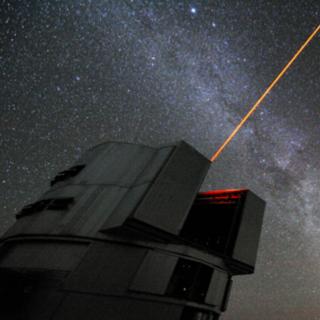
Galaxy Evolution in the Local Group
Galaxy formation and evolution is a fundamental Astrophysical problem. Its study requires “travelling back in time”, for which there are two complementary approaches. One is to analyse galaxy properties as a function of red-shift. Our team focuses on the other approach, called “Galactic Archaeology”. It is based on the determination of galaxy
Matteo
Monelli
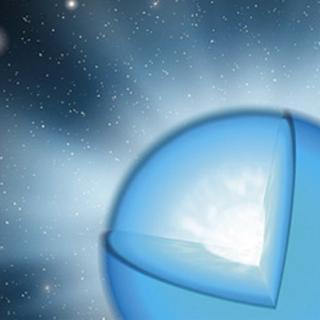
Physical properties and evolution of Massive Stars
This project aims at the searching, observation and analysis of massive stars in nearby galaxies to provide a solid empirical ground to understand their physical properties as a function of those key parameters that gobern their evolution (i.e. mass, spin, metallicity, mass loss, and binary interaction). Massive stars are central objects to
Sergio
Simón Díaz
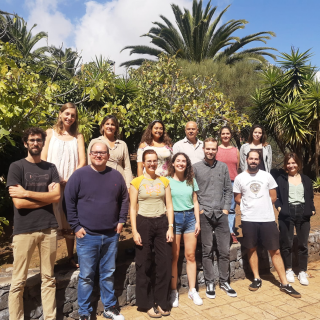
Traces of Galaxy Formation: Stellar populations, Dynamics and Morphology
We are a large, diverse, and very active research group aiming to provide a comprehensive picture for the formation of galaxies in the Universe. Rooted in detailed stellar population analysis, we are constantly exploring and developing new tools and ideas to understand how galaxies came to be what we now observe.
Ignacio
Martín Navarro
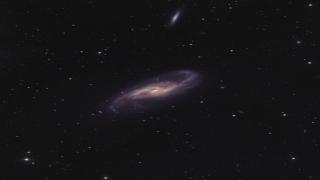
Spiral Galaxies: Evolution and Consequences
Our small group is well known and respected internationally for our innovative and important work on various aspects of the structure and evolution of nearby spiral galaxies. We primarily use observations at various wavelengths, exploiting synergies that allow us to answer the most pertinent questions relating to what the main properties of
Johan Hendrik
Knapen Koelstra
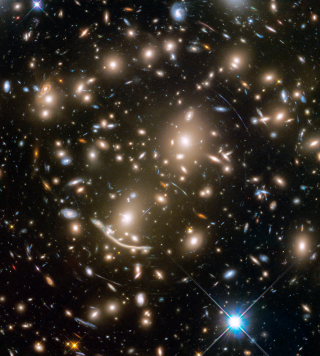
Galaxy Evolution in Clusters of Galaxies
Galaxies in the universe can be located in different environments, some of them are isolated or in low density regions and they are usually called field galaxies. The others can be located in galaxy associations, going from loose groups to clusters or even superclusters of galaxies. One of the foremost challenges of the modern Astrophysics is to
Jairo
Méndez Abreu
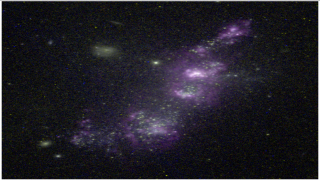
Starbursts in Galaxies GEFE
Starsbursts play a key role in the cosmic evolution of galaxies, and thus in the star formation (SF) history of the universe, the production of metals, and the feedback coupling galaxies with the cosmic web. Extreme SF conditions prevail early on during the formation of the first stars and galaxies, therefore, the starburst phenomenon constitutes a
Casiana
Muñoz Tuñón
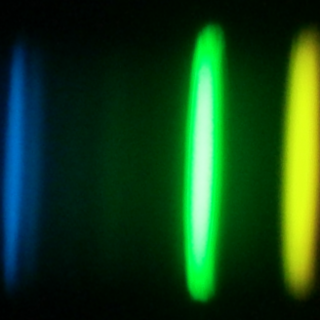
Chemical Abundances in Stars
Stellar spectroscopy allows us to determine the properties and chemical compositions of stars. From this information for stars of different ages in the Milky Way, it is possible to reconstruct the chemical evolution of the Galaxy, as well as the origin of the elements heavier than boron, created mainly in stellar interiors. It is also possible to
Carlos
Allende Prieto